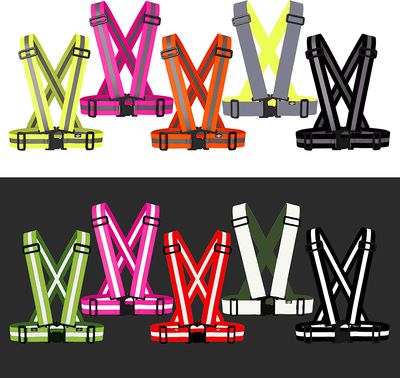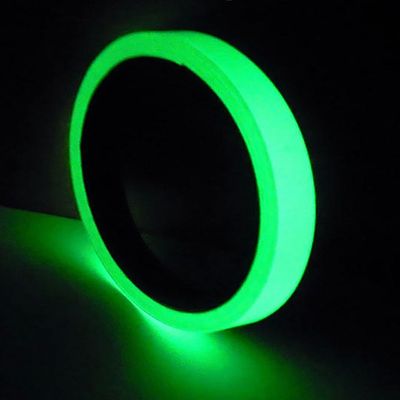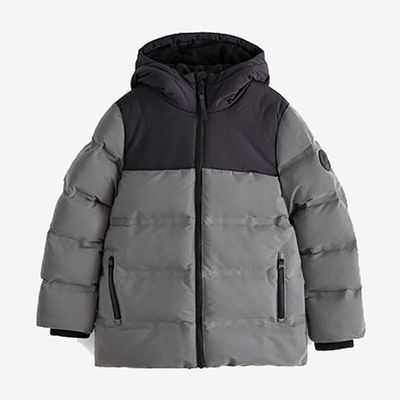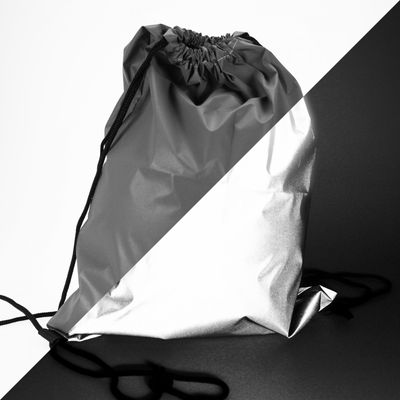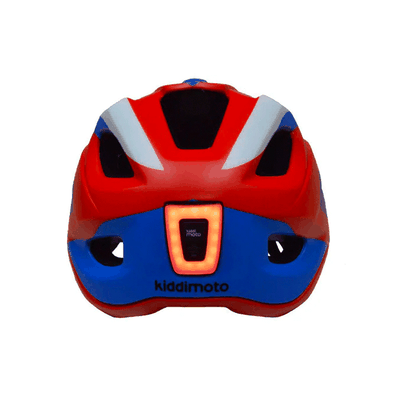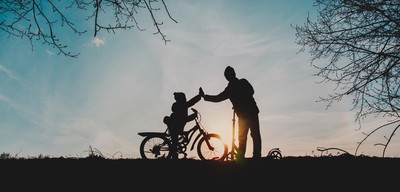

How To Keep Kids Safe In The Dark
LITTLE ONES
Hold Their Hand
It is good advice to always hold little one’s hands especially near roads – just try to be prepared if something scares them and they panic and run.
Make Them Visible
Think about what your child is wearing. Some school uniforms are dark. They are safer if they are visible, and you can easily add high-visibility reflective strips on their clothing, school bags or bike helmets. Additionally, they could carry a torch with them in case they find themselves somewhere without street lighting.
Practise Driveway Safety
Research from RoSPA shows that since 2008, at least 28 children have been killed on, or near, the driveways of their home, with 25 of these deaths caused by a reversing vehicle. Tragically, most of the victims were toddlers aged between one and two. The rest were aged between three to seven years old. These ages suggest that poor safety awareness and visibility played a key part. The darker conditions in autumn and winter mean it is even more important to double check children are safely out of harm’s way before you drive off.
Teach Scooter Safety
Micro scooters are so popular, but during the darker months, children on scooters are harder to spot and the potential for accidents rises. Insist children on scooters stay close to their accompanying adult and learn to stop at junctions and driveways. Make sure the children and their scooters are clearly visible to other road users and pedestrians. You can buy luminous accessories to hang from the scooter and there are cool bands, lights and reflectors that children can stick on their clothes, too.
TWEENS & TEENS
Choose The Best Route
If your child travels on their own, encourage them to take the safest and best-lit routes and to avoid taking dark shortcuts. Encourage them to walk confidently, even if they don’t feel it. Help them work out strategies for dealing with difficult situations in the dark so that they know what to do in an emergency. For example, shouting for help if someone approaches them in an aggressive manner. Ensure they know to immediately give up any valuables if someone tries to mug them – remind them that possessions can always be replaced.
Don’t be Distracted By Phones
Children become more at risk when they start walking themselves to school, but as any parent knows, it can be very difficult to get a teenager to part from their mobile phone. Whether they are talking to friends or listening to music on their phone, they can be distracted. As a result, they are less aware of dangers in their surroundings, such as other people or moving traffic. Furthermore, the darker conditions increase the risk. If your teenager insists on wearing their headphones to and from school, encourage them to opt for the ear bud types and ideally only use one side at a time so they are still aware of what’s happening around them.
CYCLING SAFETY
Buy Legal Lights
If you are on the roads when it’s dark, then your bicycle is legally required to have both lights and reflectors fitted. Your front light must be white and offer 110° visibility. This requirement is designed specifically to make the cyclist visible from different angles. Your rear light must be red and both front and back lights are permitted to flash. In addition, each pedal must also have a red rear reflector and BS6102/2 amber reflectors on the front and rear. To give further visibility from the side, you should also consider installing spoke reflectors.
Check Your Batteries
Remember that in winter, the light can fade quickly. As a result, a journey that starts in daylight can finish in the dark. Get in the habit now of checking light batteries on a regular basis and replace those that are low.
Stay Seen & Safe
Once again, high visibility clothing is an effective way to help children who cycle stay visible to other road users. Wearing reflective clothing on the body – in particular on the body parts which move such as gloves or shoes, can help you keep seen and safe. Furthermore, adding a reflective strip on a backpack or jacket increases your visibility too. An extra suggestion is for children on bikes to wear a rear light on their backpack or on their helmet. This has the benefit of being at eye level for drivers approaching them on the road behind.
Visit FirstAidForLife.org.uk for more safety tips & advice.
KEEN TO KEEP THEM SAFE? SHOP THE PRODUCTS WE RATE
DISCLAIMER: We endeavour to always credit the correct original source of every image we use. If you think a credit may be incorrect, please contact us at info@sheerluxe.com.

